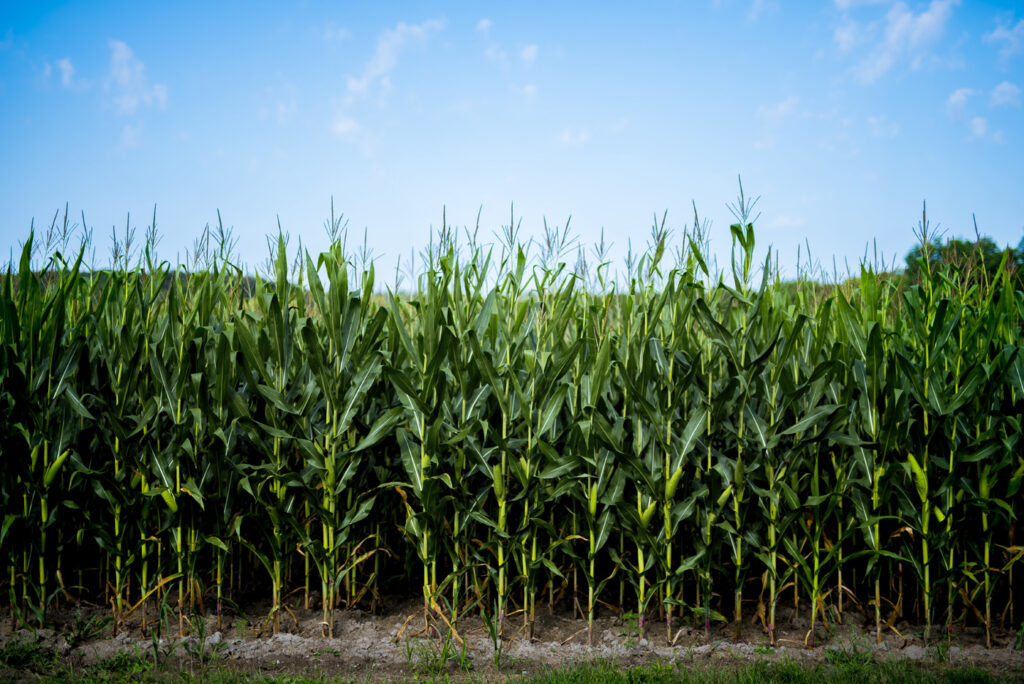A side hustle is something that generates additional income for someone. It is usually secondary to someone’s primary revenue source and is referred to as a side hustle. Whiskey as a side hustle goes back many years, and not only was it a source of additional revenue and a necessary part of life. That’s correct; long before whiskey giants like Brown Forman, Sazerac, Diageo, and the like dominated the landscape, whiskey was primarily made in small quantities by farmers that distilled whiskey. Whiskey was an early side hustle that took many forms to develop into today’s celebrated bourbons eventually.
Applejack anyone
Early distillers in America wanted their liquor, and they tried all types of native fruits and vegetables in their distilling efforts. Applejack was a fermented cider from the east coast, while peach brandy was a Southern favorite. Distilling was often a product of what was on hand, and remember, early whiskey was much more than a social beverage. It was medicine, a currency, a product used to barter, and an item to sell.

Early farmer distillers
Farmers often made whiskey without a consistent flavor using surplus crops and different techniques. Much was made by memory with whatever was on hand. There was no quality control and no government oversight. The distillation of liquor was often a necessary part of early American life. When a farmer had an abundance of grain that he could not bring to market, he had few options. They could not store or warehouse it indefinitely, and transporting it long distances was impractical. He could make beer and did so frequently. The downside was that beer would not last long, and distilled spirits were a long-term solution.
Whiskey as a medicine
Distilled alcohol back in the day was much closer to moonshine than present-day bourbon. Barrels were not readily available, and charring or toasting the inside was not yet part of the plan. The product was harsh, light-colored, and not very tasty. However, it served as an anesthetic, an antiseptic, and a potion to treat many ailments. Fast forward to 1918, and whiskey was considered a sedative and stimulant used to treat patients during the Spanish Flu epidemic. Whiskey could sterilize a knife or be poured on a wound to clean it out. It was a part of a very rough everyday life.
One of the original side hustles
If a farmer-distiller had grown more corn than he could use or sell, distillation was the logical way to preserve it. Converting grains to whiskey would provide a product that would last without refrigeration and would not spoil. He could then keep some for his family and sell or trade it for other tangible needs. Many rural doctors would accept whiskey or shine as payment in cash-poor areas.
The improvement of whiskey
Eventually, the production of whiskey began to improve. Recipes became consistent and harsh stock began to mellow in barrels and casks. I believe it is very likely that it was farmer distillers that began using charred barrels to store their whiskey because they would fire the inside of the barrel to destroy the taste or smell of the previous product stored in them. Barrels, kegs, and casks were the original way of transporting goods. However, a farmer could not keep buying new barrels, so reusing old ones is a logical conclusion.
Whiskey was an early side hustle but also a way of life. Early pioneers used whiskey for many purposes beyond drinking enjoyment. Today, bourbon is a product that has evolved and matured from a very rough but necessary drink in early America.